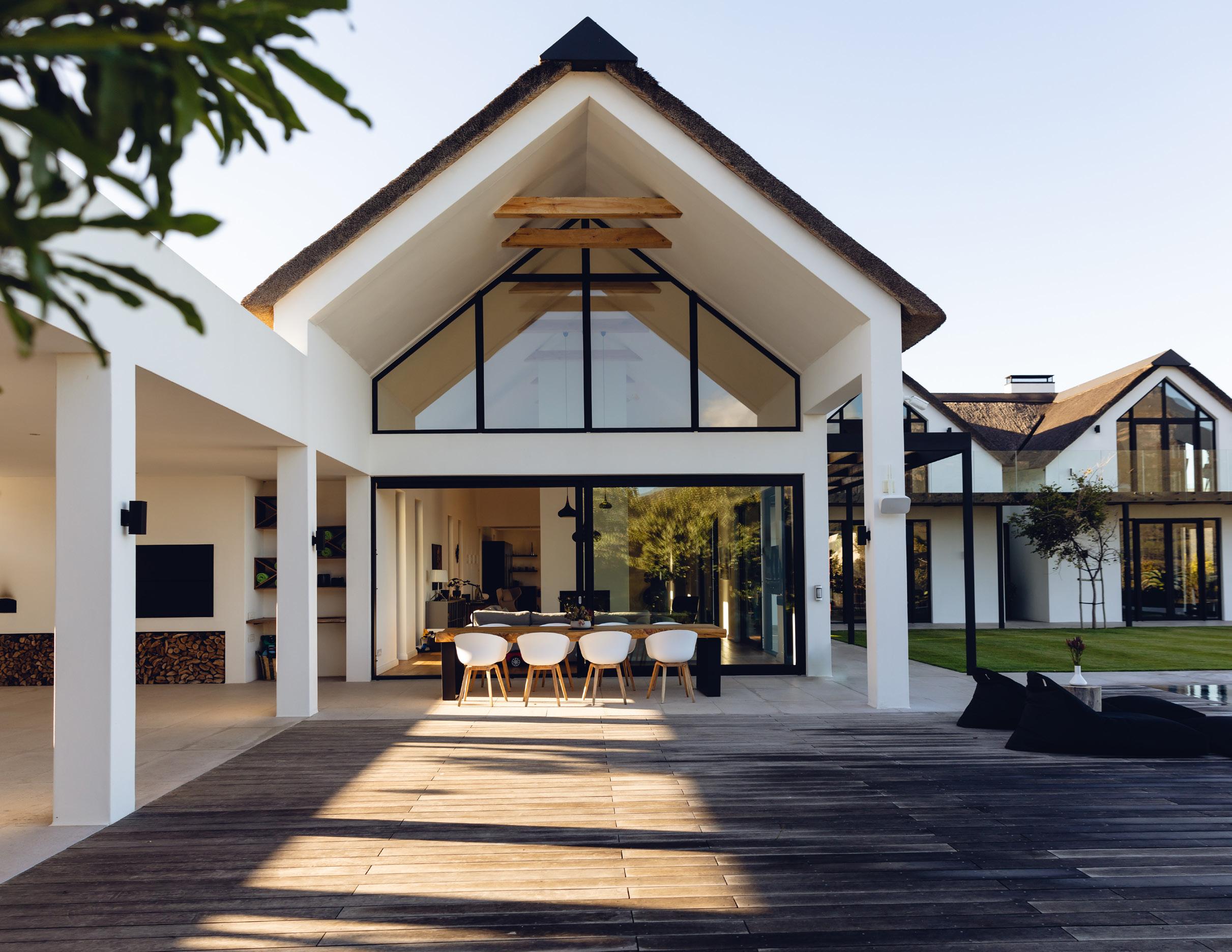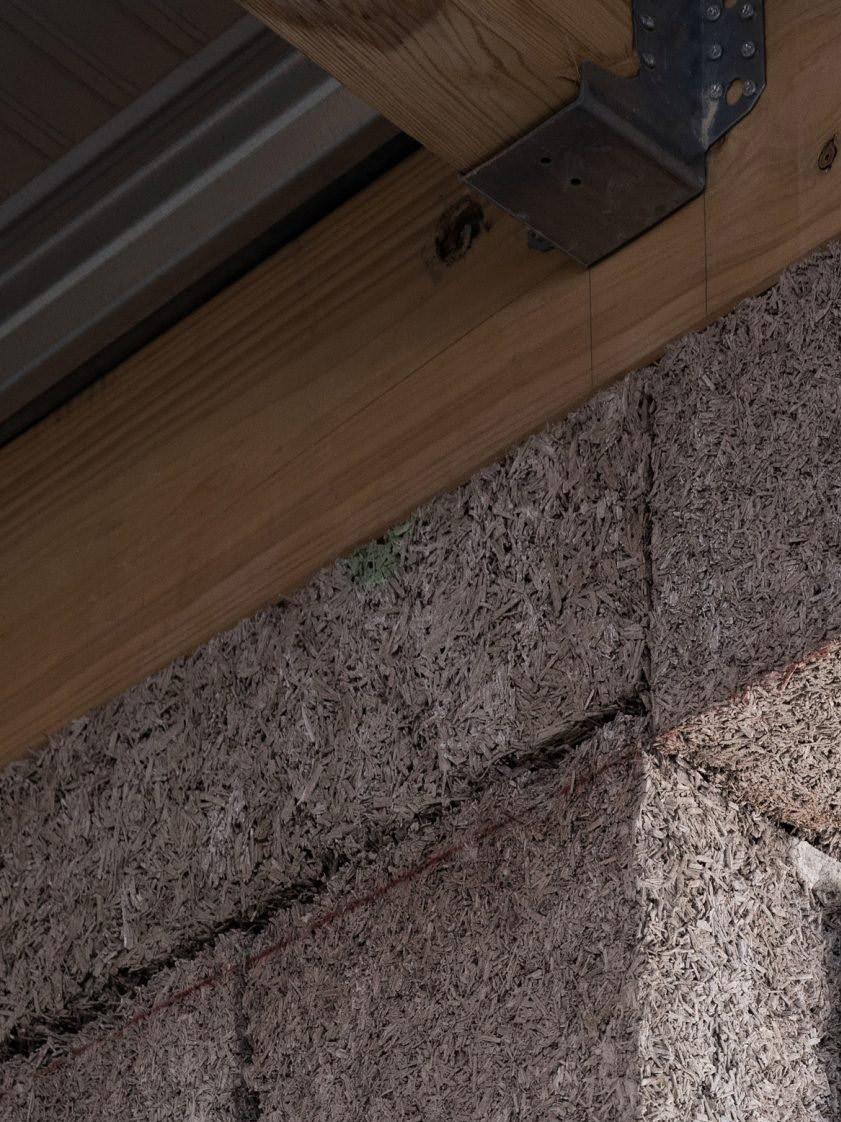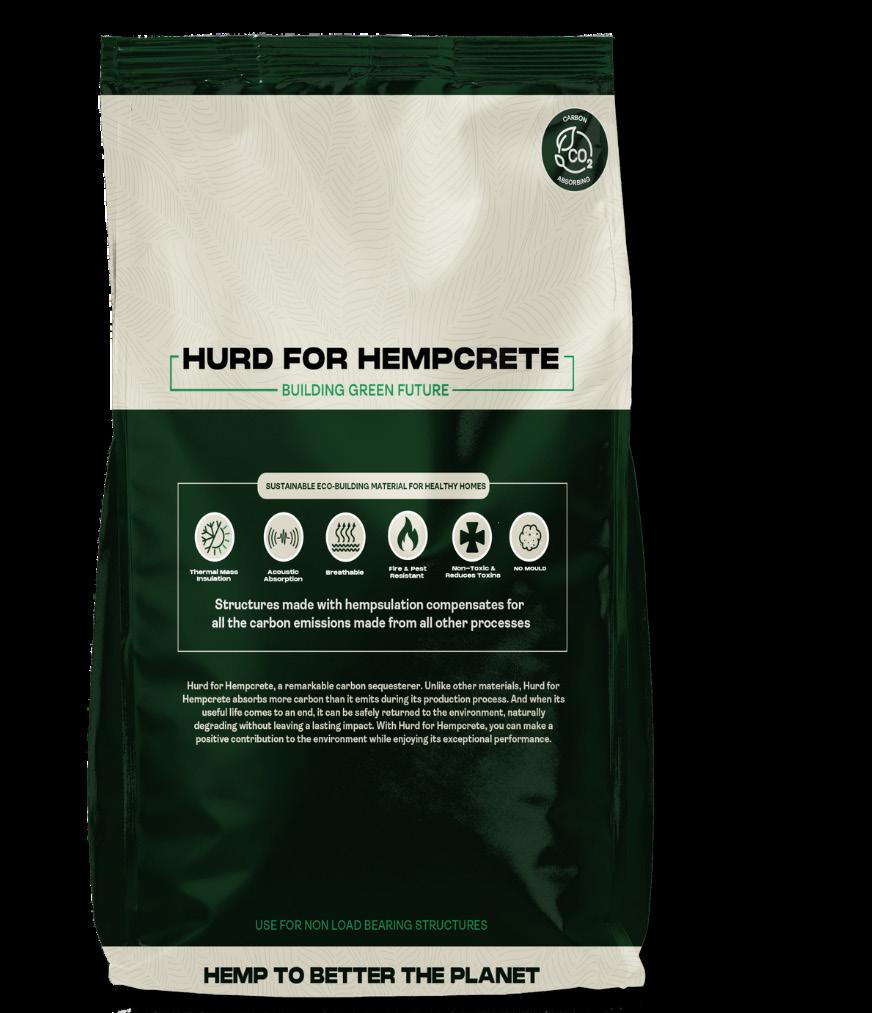
1 minute read
THE RACE TO NET-ZERO
from HEMPALTA Lookbook
by hempalta
HOW DO WE BUILD HOMES THAT PRODUCE AS MUCH ANNUAL ENERGY AS THEY CONSUME?
The production of industrial hemp is carbon negative, which means hemp absorbs more carbon from the atmosphere during its growth than is emitted by the equipment used to harvest, process and transport it.
Advertisement
Achieving net-zero emissions by 2050 is no longer a Canadian goal but a law under the Accountability Act (2021). Canadian homeowners have less than 30 years to implement a transition to a net-zero home.
Hemp hurd is composed of 45% carbon and can sequester 82.71kg of CO 2 per 3.58 cu ft. The average home in Canada is 1366 sq ft and could sequester 10,512kg of CO 2 .
In the US, the International Code Council (ICC) announced that hempcrete will be included in the upcoming 2024 International Residential Code (IRC). The IRC is the basis for the residential code in 49 of 50 US states and applies to multi-family dwellings and townhouses.

Furthermore, the state of California released a road map to carbon neutrality by 2045, which includes a 48% reduction in greenhouse gases emissions by 2030. The plan has the expected goal of building three million climate-friendly homes by 2030 and seven million by 2035. Hurd for Hempcrete fulfills the role of being the preferred home insulation material to meet environmental commitments in reducing greenhouse gases emissions.










